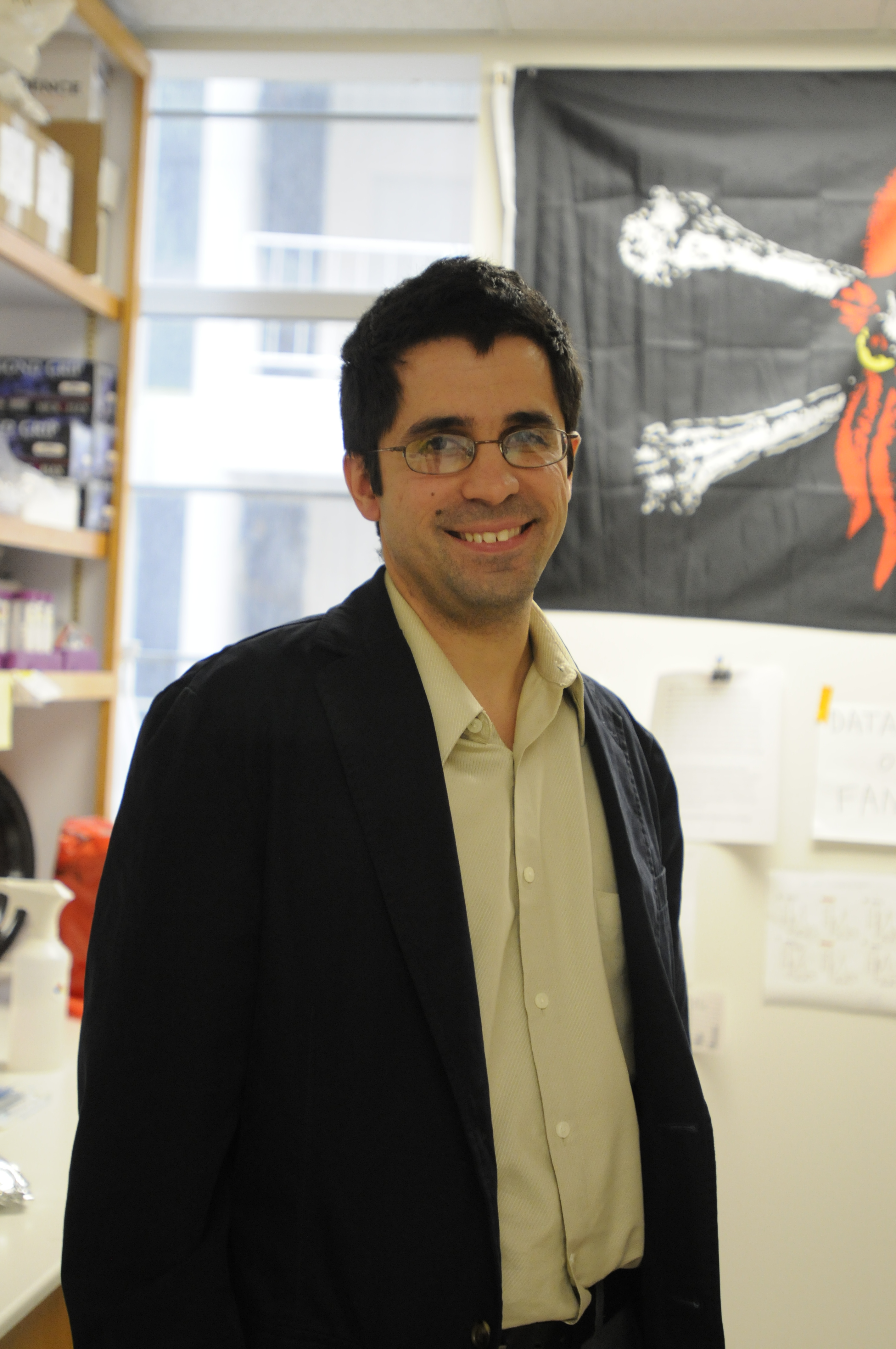What now? When hearing aids just aren’t enough
We live in a noisy world, and the importance of sound is impossible to ignore. Sound tells us so much about the environments we navigate on a daily basis; the honking of a car horn, the splatter of rain drops on the roof, the laughter of children, or the whisper of your spouse saying, “I love you.”
Sound tells us where we are in space, brings people together, and keeps us engaged socially as we age. However, the decrease or absence of sound can leave people feeling isolated and withdrawn.

Hearing is one of the most important senses, and thanks to years of research and innovation, it can be easily rehabilitated.
Audiologists and otologists can treat hearing loss using a variety of intervention methods depending on the type of loss. Hearing aids are often used and can help those with milder hearing loss return to their usual activities. But what can be done for people who no longer benefit from hearing aids?
Before the 1970s, there were very few options for people with severe to profound hearing loss. The scientific community began to change their view on intervention options for those with significant hearing loss following the first cochlear implant (CI) surgery in 1961, by Dr. William House.
The cochlear implant was introduced commercially in 1972 and approved by the FDA in the mid-1980s, and the rest is history. According to the National Institute on Deafness and Other Communication Disorders, there have been 324,200 CI recipients worldwide since Dec. 2012, and that number continues to grow.
Cochlear implants are a low-risk, high-reward intervention option for patients who have minimal benefit from traditional amplification. CI technology continues to improve, and the FDA continues to expand the criteria for cochlear implantation, allowing for individuals with a wide range of hearing loss to benefit from a CI.
Surgery typically takes one to two hours and is done as an outpatient procedure, allowing patients to return home from the hospital on the same day. The activation and subsequent programming appointments with your audiologist are frequent during the first year and then require annual appointments.
The cochlear implant does not restore normal hearing, but it does give deaf individuals a useful representation of sound with which they can understand speech. Research has shown significant improvement in speech understanding and health-related quality-of-life for CI recipients, when compared to their preimplantation results. At this time, the cochlear implant is the only implantable electronic technology that can successfully rehabilitate one of the five senses.
In an effort to educate our patients and community, we are hosting a Cochlear Implant Recipient and Candidate event, which is designed to provide information about current CI technology, the full CI process, and additional resources to CI candidates and their families.
The event is free to attend and takes place Wednesday, Oct. 25 from 3 p.m. to 7:30 p.m. at the Bobby R. Alford Educational Center.
To RSVP, please email ears@bcm.edu. Join us to learn more about the cochlear implant and the road to better hearing!
Learn more about Audiology Services at Baylor.
-By Lauren Placke, Au.D., audiologist with the Department of Otolaryngology-Head and Neck Surgery at Baylor College of Medicine



